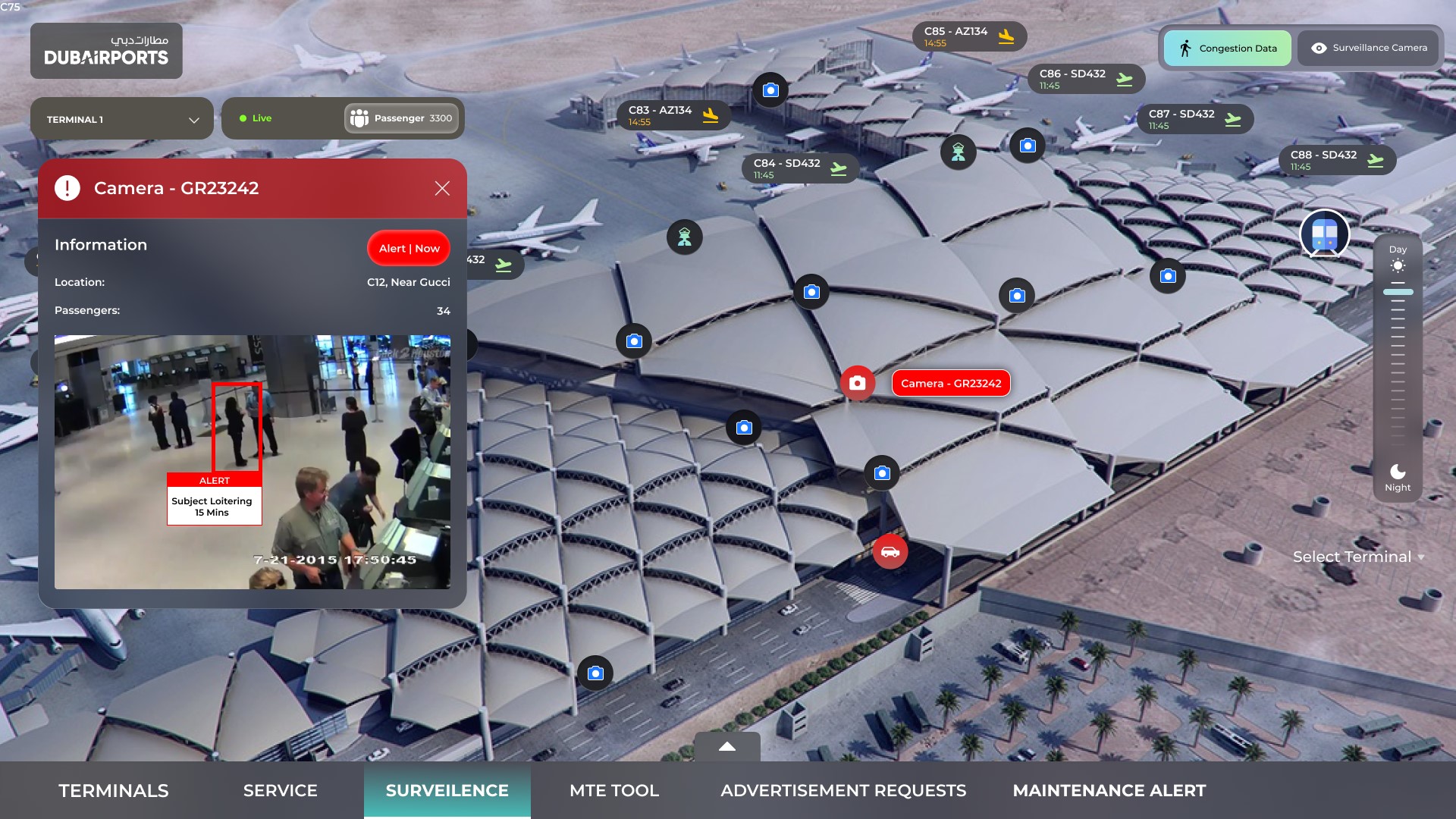Introduction:
In the aviation sector, protecting the security and safety of employees and passengers is crucial. Real-time safety alerts and hazard detection systems are essential for reducing risks and averting airport mishaps. This case study examines how cutting-edge technologies, like sensors and artificial intelligence, help airports identify risks and promptly notify stakeholders of potential dangers.
Scenario Analysis:
Preventive safety measures are important for protecting customers, employees, and property at a progressive airport. The airport has installed hazard detection systems, which entail placing sensors and security cameras in key locations to detect possible dangers like spills, blockages, and unauthorized access.

The hazard detection system integrates and analyzes sensor data in real-time, using artificial intelligence algorithms to identify anomalies and potential safety threats. When a hazard is detected, the system automatically notifies the proper parties—airport staff, security personnel, and emergency responders—of the danger.
Product Integration and Benefits:
When integrated with the airport's safety management system, the hazard detection and safety alert system offers a complete risk mitigation solution. Real-time safety alerts reduce hazards' impact and prevent accidents by enabling quick response and action.
Hazard detection and safety alerts have additional advantages beyond reducing risk. By proactively identifying and addressing safety threats, airports improve operational effectiveness and regulatory compliance. Furthermore, implementing cutting-edge safety technologies builds the airport's reputation as a secure travel hub and encourages patron trust and loyalty.
Conclusion:
In summary, hazard detection systems and real-time safety alerts guarantee airport security and safety. Airports can use cutting-edge technologies to identify threats quickly and send alerts promptly to reduce risks and stop accidents. Hazard detection and safety alert systems are effectively deployed, demonstrating the aviation industry's commitment to safety and protecting the welfare of passengers and employees.
Proactive risk management and quick response times will be hallmarks of airport safety in the future as airports develop and invest in new safety technologies. By implementing technology-driven solutions, airports can continue to be regarded as reliable travel destinations and create safer environments for all stakeholders. A thorough safety plan must include hazard detection and safety alerts to protect airports from possible threats and guarantee safe and orderly operations.